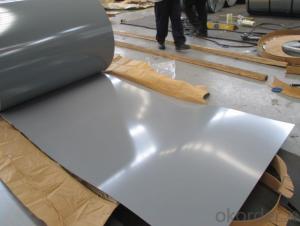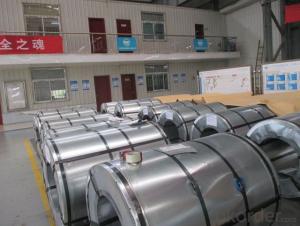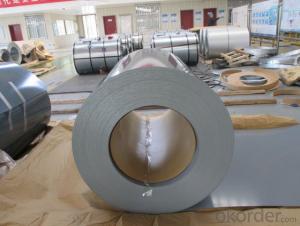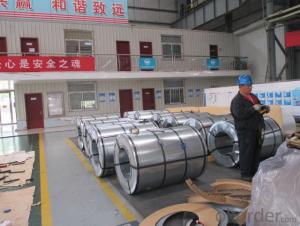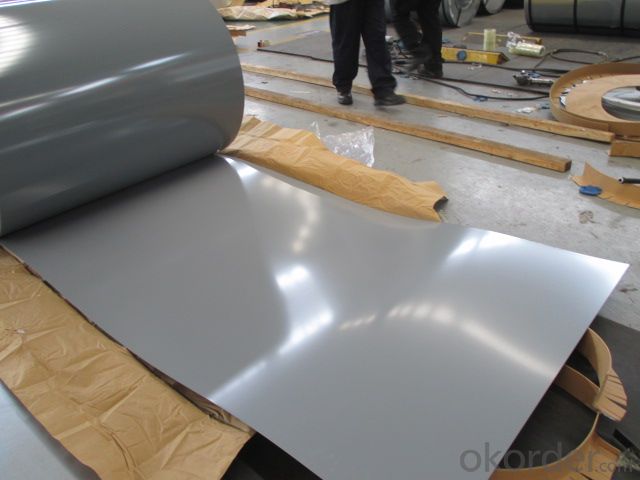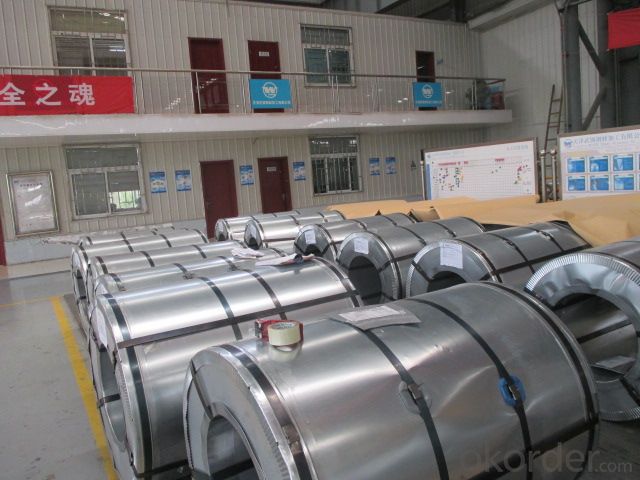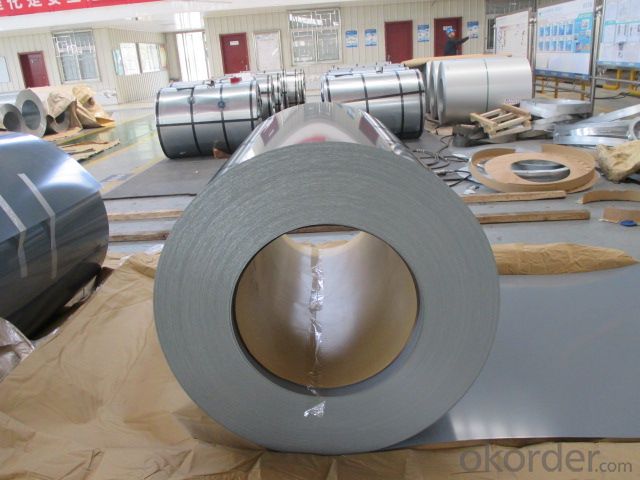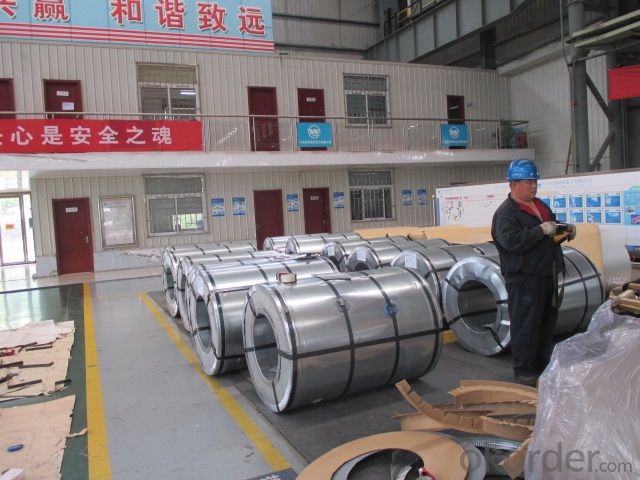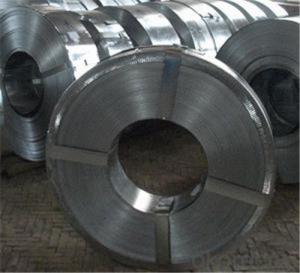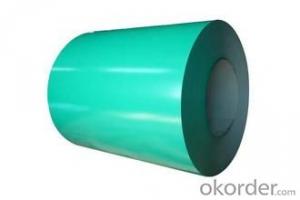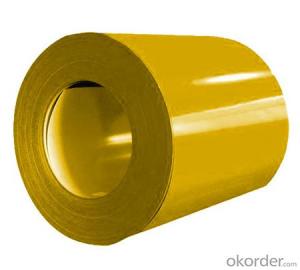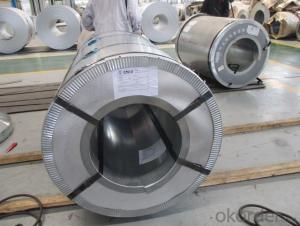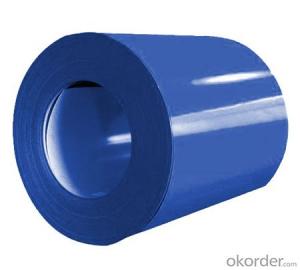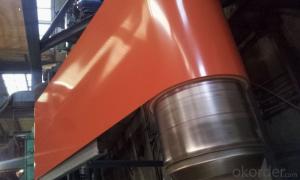PREPAINTED STEEL COIL JIS G 3312 CGCC WITH LOW PRICE
- Loading Port:
- Shanghai
- Payment Terms:
- TT OR LC
- Min Order Qty:
- 25.00 m.t.
- Supply Capability:
- 10000 m.t./month
OKorder Service Pledge
OKorder Financial Service
You Might Also Like
PREPAINTED STEEL COIL
Packaging & Delivery
Packaging Detail: seaworthy export package
Delivery Detail: on request
Specifications
1. more than 10 years’ experience on this field
2. advanced equipments
3. competitive price
4. soonest delivery
Product Description :
Commodity
PREPAINTED STEEL COIL
Technical Standard: JIS 3312
Grade:CGCC
Types:Commercial / Drawing / Deep Drawing / Structural quality
Width: 900mm/1000mm/1219mm/1200mm/1220mm/1250mm
Thickness: 0.2mm~4.0mm
Type of coating: galvanized
Zinc coating: Z40-275g/m2,Z40-Z450g/m2
ID coil: 508mm or 610mm
Coil weight: 3-10/MT per coil
Package: Properly packed for ocean freight exportation in 20''container
Application:: home appliances, constructions, building, machineries
Our Advantages :
1. Expertise:
More than 10 years of manufacture: we know how to properly handle every step of production.
2. Competitive price:
We can offer competitive prices to our customers.
3. Accuracy:
We have excellent technicians and leaders, which can ensure our products are exactly what you want.
4. Materials:
All galvanized steel coils are made of high-quality raw materials.
5. Certificate:
Our products are certified by ISO9001.
6. Productivity:
We have large-scales of production lines,, which can guarantee all your orders will be finished in earliest time.
Hr CGL Technical Process:
Coil loading-> uncoiling-> cutting-> welding-> entry accumulator-> Heating and deoxidization-> galvanizing-> air cooling->water quenching-> air dryer-> tension leveler-> Passivation->air dryer->exit accumulator-> oiling-> cutting-> recoiling->coil unloading-> packing
The furnace heating style: improved Sendzimir heating technology
Hourly output: max.76.3t/h
Process after coating: tension leveling, Passivation or oiling
Our Service
Our quality
Test Equipments of Prepainted Galvanized Steel Coil : Salt-spray tester; Atomic absorption spectrophotometer; Rockwell typer hardness tester; Tensile test machine; Metrohm titration; Laboratory Bend test machine.
Our packing
Properly packed for ocean freight exportation in 20''container, galvanized metal fluted rings on inner and outer edges, galvanized metal & waterproof paper wall protection disk, galvanized metal & waterproof paper around circumference.
R&D department
R&D department concentrates on researching and developing reliable products with best quality. The quality department test and control every process of production to guarantee the best quality of product
- Q: Can steel coils be coated with silicon?
- Yes, steel coils can be coated with silicon.
- Q: What is the process of slitting steel coils into narrower strips?
- The process of slitting steel coils into narrower strips involves feeding a large steel coil through a slitting machine. The machine uses circular blades or rotary knives to make precise cuts along the length of the coil, creating narrower strips. These strips are then rewound onto separate reels or spools, ready for further processing or shipment.
- Q: I saw a 27 sedan and a 27 Pick-up one had wood wheels the other steel, respectively. Witch one was original or were they both original
- Wooden Spoke Wheels
- Q: which is the most tough and durable steel type ??
- Speaking of Building Construction, we use grade 450 and 450B not because of toughness, its because it best serves its purpose, reinforcing concrete structure should provide the enough ductility of structure to resist flexure/bending when loads are imposed on it.
- Q: What are the common uses of coated steel coils?
- Coated steel coils are commonly used in various industries such as construction, automotive, appliances, and electronics. They serve multiple purposes including structural support, corrosion resistance, aesthetic appeal, and durability. These coils are extensively used for manufacturing roofing materials, siding, gutters, HVAC systems, automotive body parts, and electrical enclosures, among many other applications.
- Q: Does anyone have any idea where I could get a necklace that has the British Steel by Judas Priest logo?
- Bristish Steel...ROCKS!!! Ebay is a good suggestion but if its something custom like that you could always bring in a drawing or picture to a jeweler and they can source it for you ;) I did something similar and the jeweler actually made it custom for me.... just a suggestion :) Good Luck!
- Q: How is the quality of steel coils determined?
- The quality of steel coils is determined by various factors such as the chemical composition, mechanical properties, surface finish, and dimensional tolerances. These factors are assessed through rigorous testing and inspections, including chemical analysis, tensile testing, hardness testing, visual inspection, and dimensional measurements. Additionally, industry standards and specifications play a crucial role in determining the quality of steel coils by setting specific requirements that the coils must meet.
- Q: How do steel coil manufacturers ensure product quality?
- Steel coil manufacturers ensure product quality through several methods: 1. Quality Control: They implement rigorous quality control measures at every stage of the production process, from sourcing raw materials to final inspection. This includes regular testing, sampling, and monitoring to ensure the coils meet the required specifications and standards. 2. Advanced Technology: Manufacturers utilize cutting-edge technology and modern equipment for the production of steel coils. This helps in maintaining consistency, precision, and accuracy in the manufacturing process, leading to high-quality products. 3. Skilled Workforce: Trained and skilled professionals oversee the entire manufacturing process, ensuring that each step is executed with precision. They are responsible for monitoring, analyzing, and addressing any potential quality issues, thereby upholding the product's quality standards. 4. Compliance with Standards: Steel coil manufacturers follow industry-specific quality standards and regulations. They ensure that their manufacturing processes comply with internationally recognized standards, such as ISO 9001, to guarantee the quality and reliability of their products. 5. Regular Inspections: Manufacturers conduct regular inspections and audits to assess the quality of their steel coils. This includes both in-house inspections and third-party inspections to ensure an unbiased evaluation of the product's quality. By implementing these measures, steel coil manufacturers consistently deliver high-quality products that meet customer requirements and industry standards.
- Q: I'm analysing horse stirrups and would like to know the disadvantages to stainless steel? - thanks
- For horse stirrups the main disadvantage to stainless steel is the manufacturing cost. Stainless steels tend to work harden, and are subject to their own peculiar forms of corrosion, but I see little implication to either of these factors when used as a stirrup iron or a safety latch. Stainless steel is also subject to self welding, or galling, this would be of no concern for the irons, but could result in the pivot of the safety latch freezing (I have never known anyone to ride with the safety latch closed, however).
- Q: How are steel coils used in the manufacturing of electrical enclosures?
- Steel coils are used in the manufacturing of electrical enclosures as they provide the raw material for forming the enclosures' outer shells and structural components. The steel coils are processed and shaped through various techniques such as cutting, bending, and welding, to create the desired size and shape of the enclosure. The steel's strength and durability make it an ideal material choice for ensuring the enclosures can protect electrical equipment from environmental factors and provide safety for users.
Send your message to us
PREPAINTED STEEL COIL JIS G 3312 CGCC WITH LOW PRICE
- Loading Port:
- Shanghai
- Payment Terms:
- TT OR LC
- Min Order Qty:
- 25.00 m.t.
- Supply Capability:
- 10000 m.t./month
OKorder Service Pledge
OKorder Financial Service
Similar products
Hot products
Hot Searches
Related keywords
